全站搜索
Search the entire website
Search the entire website
Dolomite, with hardness of 3.5-4 and specific gravity of 2.85-2.9, is widely distributed in nature. Dolomite is a carbonate mineral including iron dolomite and manganese dolomite. Dolomite is generally grey-white in color and similar to limestone in appearance. It can be used in building materials, ceramics, glass and refractories, chemical industry, agriculture, environmental protection, energy saving and other fields.
ZONEDING MACHINE make mineral processing equipment. Helps customers process materials like dolomite. A dolomite crushing plant can process dolomite rock. It makes the rock smaller. It helps you get value from this material. This rock is useful for many things. You need the right equipment to prepare it. We design machines to do this job well. We have built many plants for dolomite.
Here are very common dolomite crushing plants for reference. They have been proven by practice in lots of quarries. And they have the advantages as follows:
Dolomite rock has its own specific traits. It is not as hard as granite. It is harder than limestone. Its hardness is medium. It is not the hardest rock to crush. This means crushing machines might last longer. They might use less power than crushing very hard rock. But dolomite is used for many different things. People need it in many sizes. Some need large pieces for construction. Some need fine powder for industry. Some need it very pure. This wide range of uses changes what machines you need. You cannot just buy any rock crusher. You need a system that can make many different products. You need machines that work well with dolomite’s medium hardness.
The unique “personality” of dolomite means you need special care in choosing equipment. You need machines that break the rock efficiently. You also need machines that control the size and shape of the final product well. You might need different types of crushers working together. A primary crusher takes large rocks. A secondary crusher makes them smaller. Maybe you need a third crusher for finer sizes or specific shapes. Screening machines are also very important. They sort the crushed rock by size. You need reliable screens to separate the material correctly. The flow of material through the plant is key. Every machine must work together. This ensures you get the right amount of material in the right sizes. It is not just about crushing power. It is about system control and flexibility.
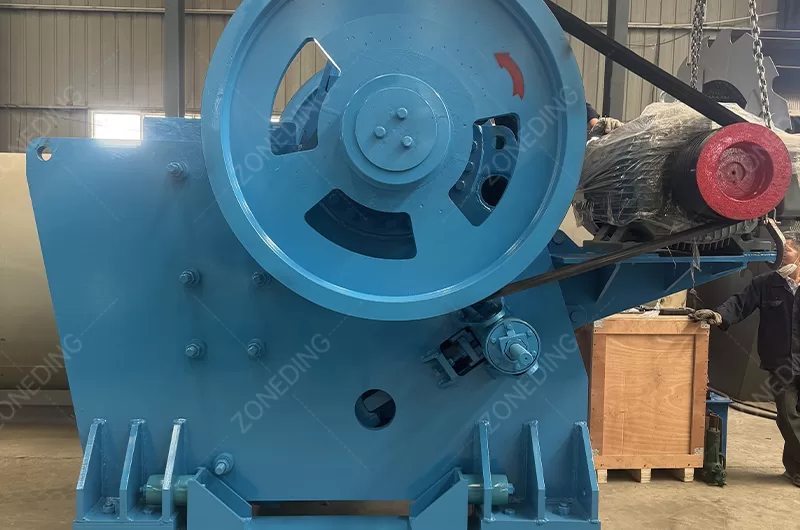
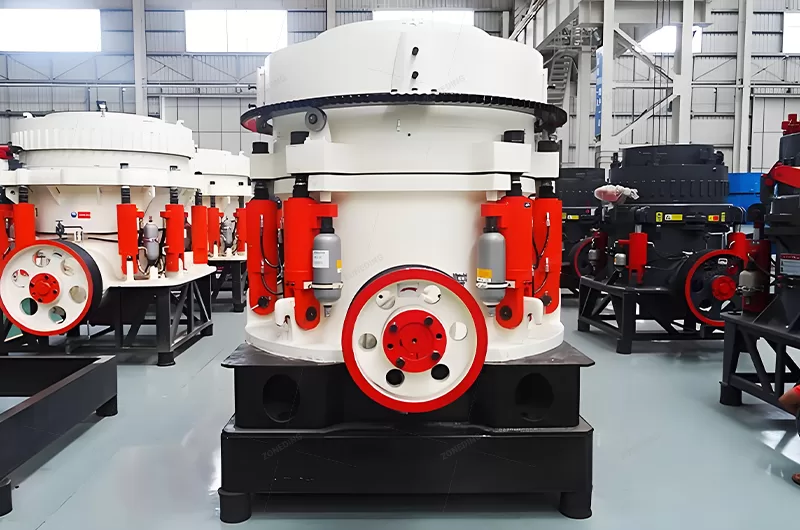
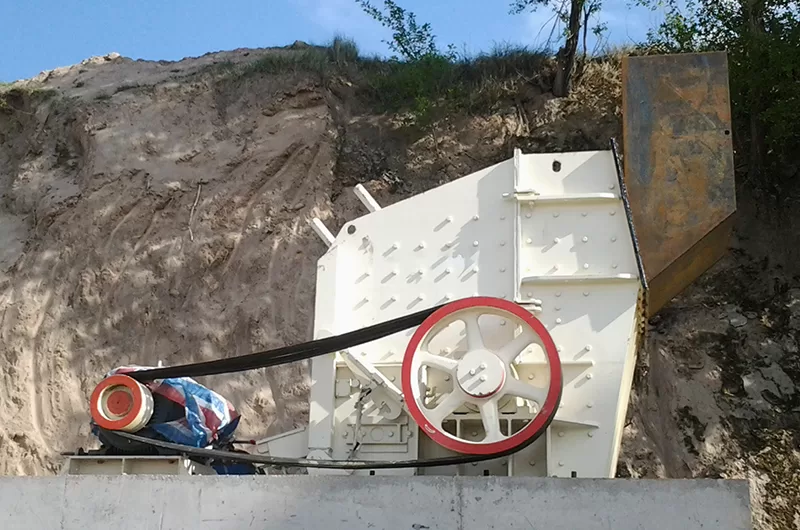
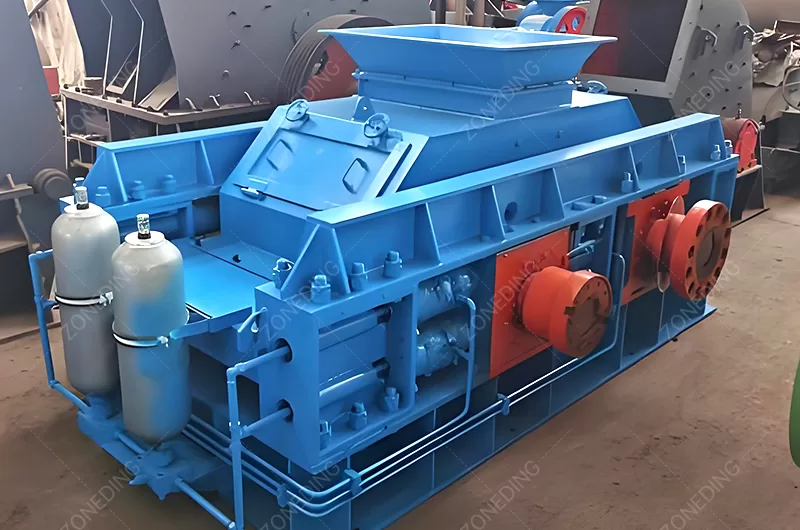
A Jaw Crusher is a common machine for breaking large rocks. It has two jaws. One jaw moves. One jaw stays still. They squeeze the rock between them. Jaw crushers are often the first machine in a crushing plant. They take large rocks from the mine or quarry. They break them into smaller pieces. These pieces are then sent to other machines. Jaw crushers are good for dolomite because of their design. Many jaw crushers have a deep crushing chamber. This chamber is where the rock is squeezed. A deep chamber holds a lot of rock. It breaks the rock many times inside the chamber. This makes the crushing process efficient. It can break all the rock inside the chamber well. This is very useful for dolomite. It helps get good throughput. It helps prepare the material for the next crushing steps.
| Crusher Type | Good For Dolomite? | Why? | What it Means for You |
|---|---|---|---|
| Jaw Crusher | Yes | Handles large feed, deep chamber is good | Good for first step |
| Cone Crusher | Yes | Good for smaller sizes, shapes | Makes finer material |
| Impact Crusher | Good, depends | Makes cubical shape, maybe more wear | Good for aggregates |
| Roll Crusher | Yes, depends | Can control size well, less dust | Good for specific sizes |
A dolomite crushing plant cannot just make one product size. People use dolomite for many things. These uses need different sizes and qualities. Some need large stone pieces. This is for building roads or making concrete. This is called aggregate. Other uses need fine powder. This is for making glass, ceramics, or paper. Some need very fine powder for special industries. A good dolomite plant must be flexible. It must be able to make many different products from the same raw rock. This means the plant needs different crushing stages. It needs good screening equipment. Maybe it needs more machines for special products.
To make different products, a plant uses a series of machines. First, large rock goes into a primary crusher. This makes it smaller. Then this rock goes to a secondary crusher. Maybe it goes to a third crusher. After each crushing step, the material goes to vibrating screens. These screens have different size holes. They separate the rock into piles of different sizes. The rock that is the right size is sent to storage. Rock that is too big goes back to a crusher to be broken again. This loop helps control the final size. If you need very fine material, you might need grinding machines too. This multi-stage process lets you switch what you make. You can change screen sizes. You can adjust crusher settings. This lets you produce many types of finished products from the same rock.
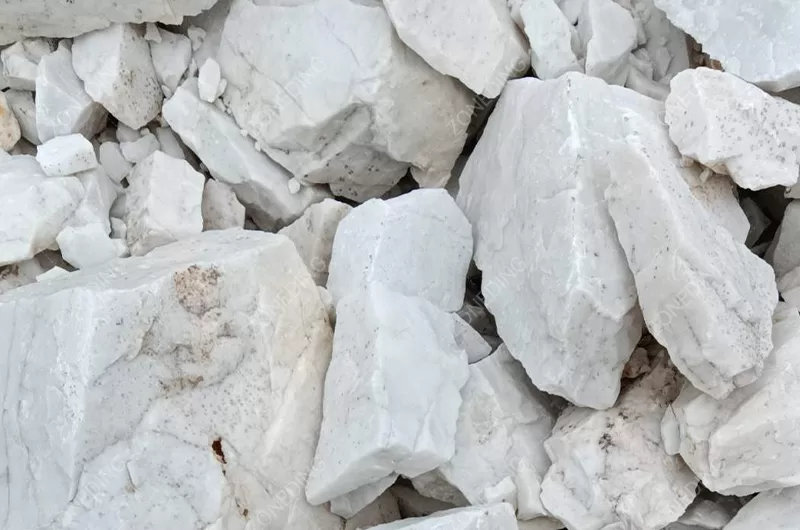
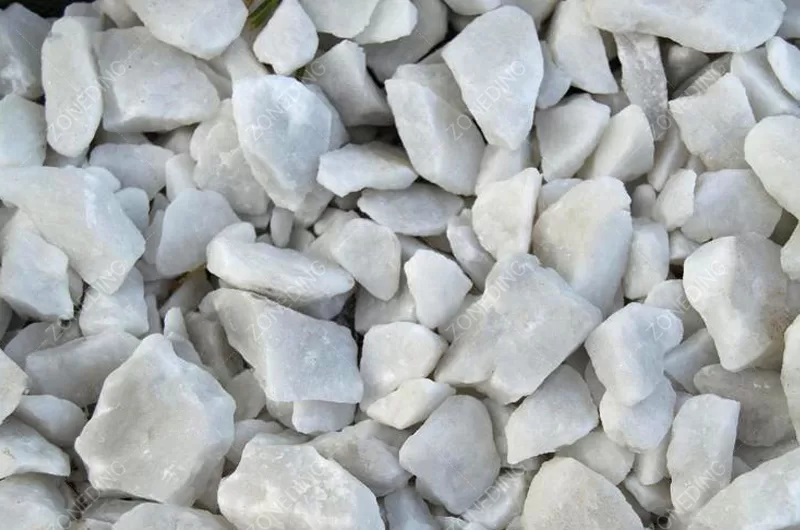
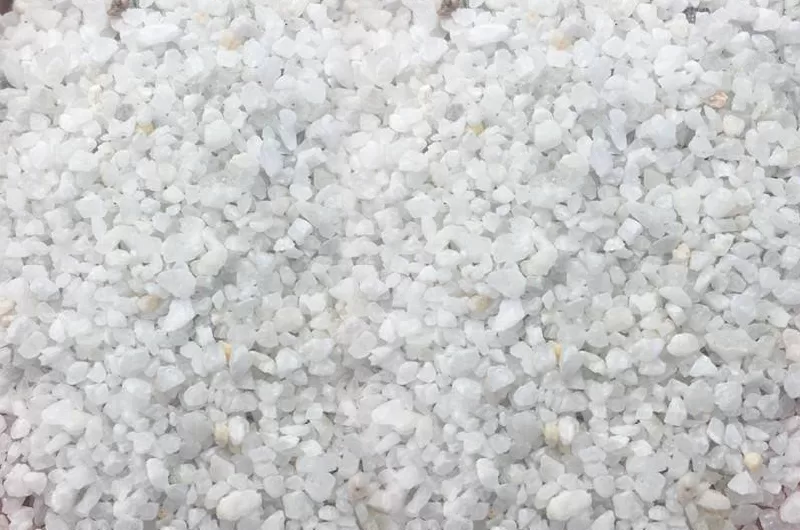
Many industries need dolomite as a very fine powder. Making this powder is different from making larger crushed rock. Crushing breaks rock into pieces. Grinding breaks rock into powder. This needs different machines. It needs Ball Mills or other types of grinding mills. Making very fine powder uses a lot of energy. It takes more time. The machines are more complex. This is a challenge for dolomite processors. You need to crush the dolomite first to a smaller size. This material is the input for the grinding mill. Then the grinding mill grinds it down to very fine powder. You need special equipment to separate the powder. Air classifiers or other systems are used. They check that the powder is fine enough. Making powder adds cost to the process. It needs careful planning. You need to make sure the powder meets the specific fineness needed by the customer.
Setting up a good plant for dolomite needs careful thought. It is not just buying machines. It is designing a system. The system must handle your specific dolomite rock. It must make the products you need. It must work reliably. It should not cost too much to run. You need a line that is efficient. This means it uses power well. It makes a lot of product for the energy used. It should be economic. This means the cost per ton of product is low. It must be flexible. This means you can change products easily. You can handle different feed rock. The layout of the plant matters. How machines are placed affects how material moves. A good layout reduces extra steps and waste.
Building this line involves several steps. First, you need to know your goals. What is the raw material like? How much material do you need to process per hour? What final products do you need? What is the required purity? Based on this, we design the plant. We select the right machines. We decide the best layout. This involves choosing primary, secondary, and maybe tertiary crushers. It means selecting the right vibrating screens. It includes conveyors to move material. It might include washing or separation equipment. Every part is chosen to work with dolomite and meet your product needs. A well-designed system works smoothly. It runs for a long time without many problems.
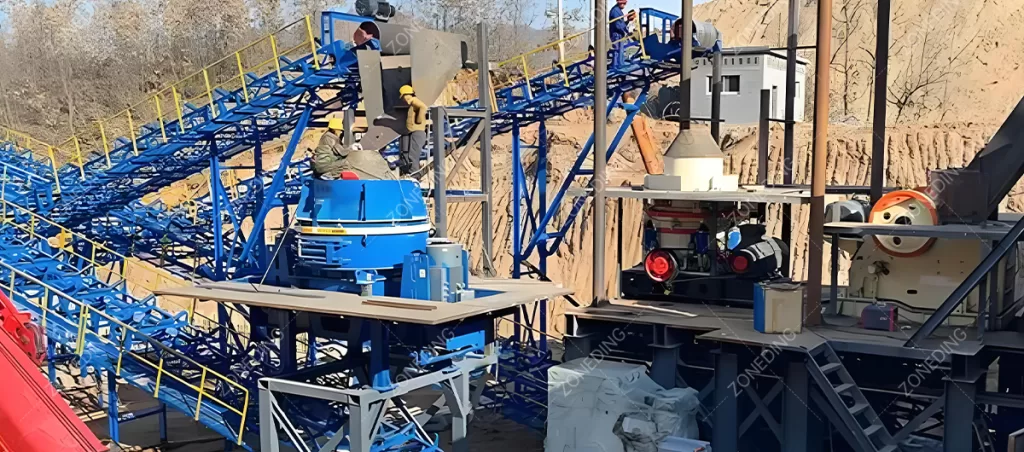
The very first step in the plant is important. This is the feeding system. It takes the raw dolomite rock. It sends it into the first crusher. A good feeding system sends a steady stream of rock. It sends the right amount. It does not send too much or too little. This keeps the first crusher working at its best. If the feed is not steady, the crusher can get too full. This causes blockages. It can wear down parts faster. If the feed is too low, the crusher is not working hard enough. This wastes energy and time. A Vibration Feeder is often used. It shakes to move the rock forward. It can be controlled to send a constant amount. A proper hopper or bin holds the raw rock before the feeder. The size of the hopper matters. A larger hopper means you do not have to load raw rock as often. This keeps the plant running continuously. A good feeding system sets up the whole plant for success. It helps you reach your target production amount. It makes the whole process more reliable.
Running a crushing plant costs money every day. You pay for power. You pay for parts that wear out. You pay for labor. You pay for maintenance. Lowering these costs makes your business more profitable. You want to get the most product for the least money spent. This means making the plant run as efficiently as possible. It means choosing equipment that is built well. Equipment that needs less repair. Equipment that uses less energy. It also means managing wear parts wisely. You cannot avoid wear parts. But you can choose good ones. You can change them on time. This stops bigger problems later. Automation can also help. Machines that control themselves need fewer people to watch them all the time. This saves on labor costs.
Optimizing the process helps a lot. Make sure crushers are set correctly. Make sure screens are clean. Make sure material flows smoothly. Blockages stop the plant. Stopping the plant costs money. Using V belts or certain motor types can save energy. Choosing the right crusher type for each stage also saves energy. For example, a cone crusher might be more energy-efficient than an impact crusher for making certain medium sizes of dolomite. Regular maintenance is key. Do small repairs quickly. This prevents big breakdowns that cost a lot of money and stop production for a long time. Train your workers well. They can run the machines better. They can spot problems early. All these things work together to lower your operating costs over time.
Any machine that breaks rock will have parts that wear out. These are called wear parts. For crushers, these are often the plates or liners that touch the rock. For screens, it is the screen mesh. Dolomite is not as hard as some rocks. So, the wear on machine parts might be slower than when crushing granite or basalt. This is good. Your wear parts might last longer. You might not need to replace them as often. This saves you money on parts and labor. However, wear still happens. You still need to plan for it. You need to buy replacement parts. You need to stop the plant to change them. The cost of wear parts is still a big part of operating cost.
To save money on wear parts, you can do several things. First, buy machines made with good materials. Harder steel wears slower. Second, operate your machines correctly. Do not overload them. Feed them steadily. This reduces unnecessary stress and wear. Third, buy good quality wear parts. Cheaper parts might wear out faster. This makes you change them more often. The cost adds up. Sometimes better quality parts cost more at first but save money in the long run. Fourth, monitor wear. Check parts regularly. Change them before they fail completely. A failed part can damage other parts of the machine. Changing a worn screen mesh on time prevents it from breaking and letting wrong-sized material through. Planning for wear parts helps you manage costs and keep the plant running.
Sometimes dolomite rock comes from the ground wet. It might have moisture from rain or groundwater. Processing wet material is a problem for crushing and screening plants. Wet, fine rock can stick together. It can build up inside crushers. It can block the holes in vibrating screens. This stops the flow of material. It reduces how much product you can make. It can cause the plant to stop working completely. Blockages take time and labor to clear. You want to design your plant to handle some moisture. You want to avoid these sticky situations. This is a common issue when processing many types of rock, including dolomite.
To handle wet dolomite, the plant design needs special features. In the crushing stage, machines like jaw crushers or cone crushers are generally less affected by moisture than impact crushers, which can get gummed up. Using crushers with larger gaps or settings can help wet material pass through. For screening, wet material is a bigger challenge. Standard screens can blind (holes get filled). You might need screens with special features. Maybe screens that vibrate more intensely. Maybe screens with wire or mesh that helps prevent sticking. Sometimes, adding a little bit of dry material or water at certain points can help, but this depends on the process. In some cases, if the material is very wet, you might need to dry it first. ZONEDING also makes drying equipment like rotary dryers. This is an extra step. It adds cost and energy use. But sometimes it is necessary to make the process work reliably. You need to know how wet your raw dolomite will be typically. Then design the system to handle that level of moisture.
Customers who buy dolomite need it to be exactly right for their use. They need it in specific sizes. The shape of the rock pieces might matter, especially for aggregates used in concrete. The chemical purity of the dolomite is also very important for many industrial uses like glass or chemicals. A crushing plant must not just break the rock. It must also control these qualities. It needs to ensure the final product meets the customer’s specifications. Achieving the right size means using the correct crushers and screens. Achieving the right shape might mean using certain crusher types like VSI sand makers or impact crushers in later stages.
Achieving high purity sometimes needs more than just crushing and screening. Dolomite can have other minerals mixed in. These need to be removed. This requires mineral processing equipment. ZONEDING makes machines for this too. For example, Magnetic Separators can remove magnetic impurities like iron ore. Flotation Machines can separate different minerals based on their surface properties. Shaking Tables or other gravity separation equipment can separate minerals based on their weight. If the dolomite needs washing to remove clay or dirt, a Sand Washing Machine might be used. The machines needed depend on what impurities are in your raw dolomite and how pure the final product must be. You need to test your raw material. You need to know what other minerals are present. Then you can add the right separation machines to your crushing line. This makes sure your final dolomite product is clean and pure enough for its intended use.
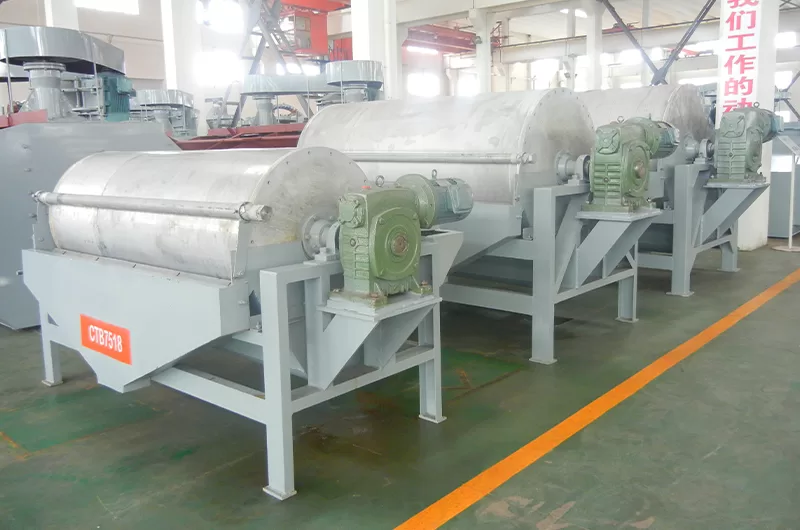
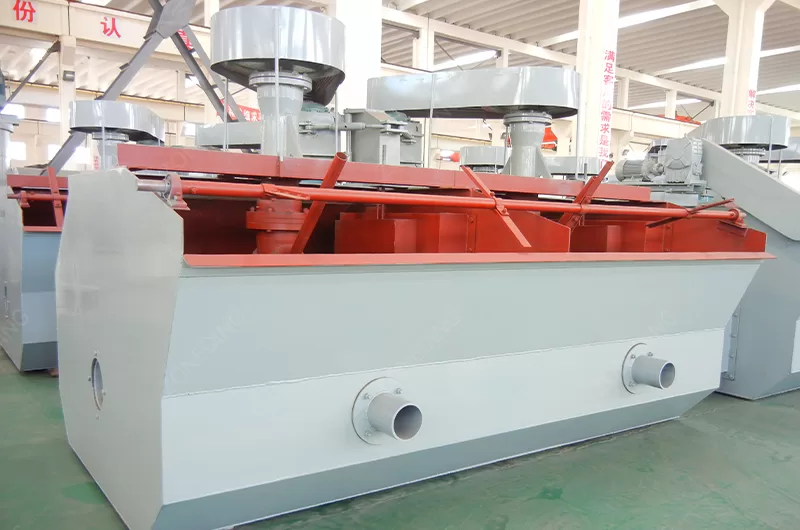
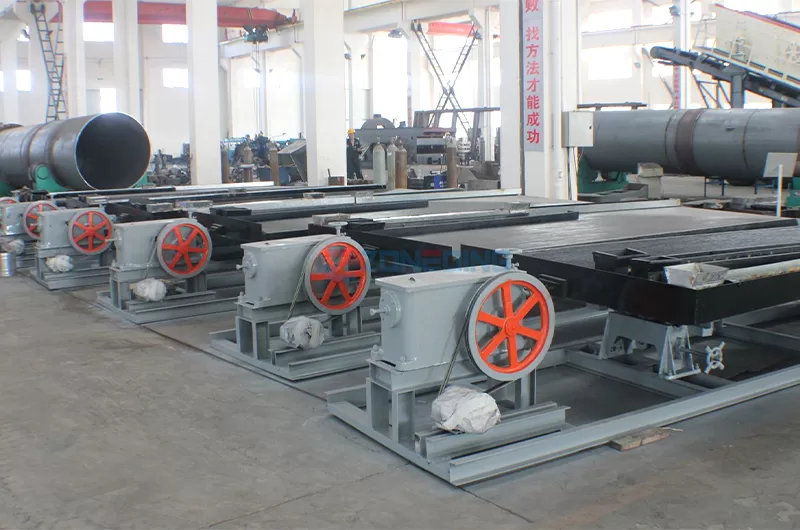
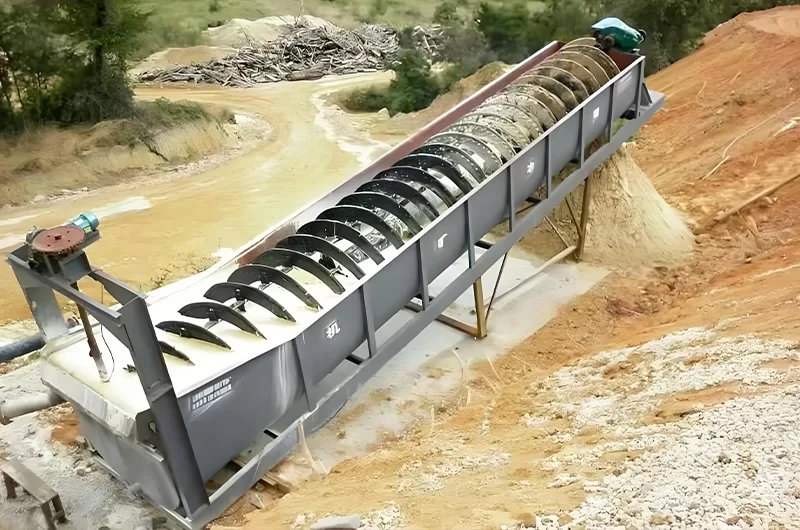
Choosing a company to build your dolomite crushing plant is a big decision. You are investing a lot of money. You need a partner you can trust. Not all equipment suppliers are the same. You need one with real experience in processing dolomite.
Dolomite is different from other rocks. Its properties and uses require specific knowledge. A good supplier has designed and built many plants for dolomite. They understand its characteristics. They know how it behaves in different types of crushers and screens. They know what machines work best together for dolomite. They understand the many different products you might need to make.
Look for a supplier that offers more than just machines. They should offer a complete solution. This starts with understanding your raw material and your product goals. They should help design the best plant layout and machine list for your needs. This is called customization. ZONEDING is good at this. We do not just sell standard machines. We design systems. We have engineers who understand mineral processing. They know dolomite. They can configure a plant to meet your specific output sizes, purity needs, and production amount.
They should also offer support after you buy the machines. This includes helping install the plant. It includes training your workers. It includes providing spare parts and technical help later. A supplier with real-world experience in dolomite processing can give you practical advice. They can help you avoid common problems. They can help make your plant run well from day one.
Look at their past projects. Ask for references from other customers who process dolomite. This demonstrates their proven capability and practical expertise.
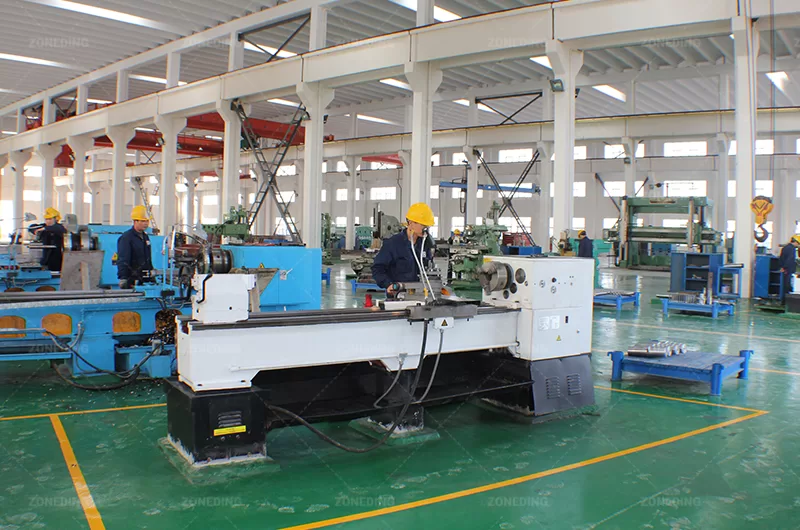
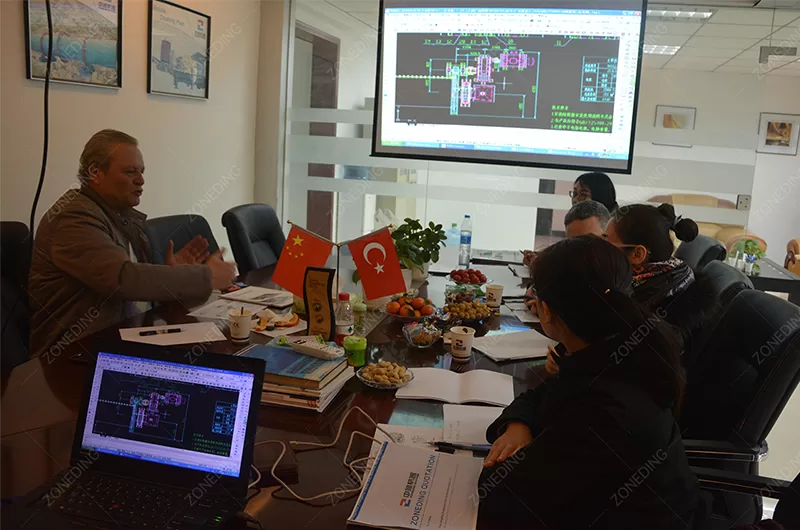
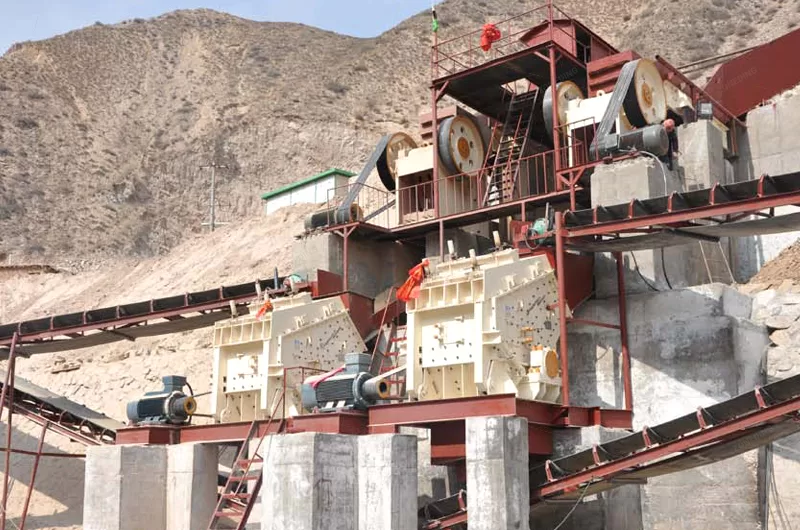
Q 1: What is the best crusher for dolomite?
There is no single “best” crusher. It depends on what size you start with and what size product you need. Often, a Jaw Crusher is used first for large rock. Then a Cone Crusher or Impact Crusher is used for smaller sizes. A good supplier will help you choose the right mix.
Q 2: Can I use a mobile crushing plant for dolomite?
Yes, mobile crushing plants are great for dolomite. They move easily. This is good if your mining location changes or you process material in different places. ZONEDING makes Mobile Jaw Crushers and other mobile units suitable for dolomite.
Q 3: How to make fine dolomite powder?
Making fine powder needs grinding machines after crushing. A Ball Mill is a common machine for this. You crush the dolomite first, then send it to the grinding mill.
Q 4: How do I remove impurities from dolomite?
Removing impurities requires mineral processing machines. Depending on the impurity, you might need Magnetic Separators, flotation machines, or washing equipment. You need to test your rock to know what is needed.
We are ZONEDING MACHINE. We make machines for processing rock and minerals. Our factory is in China. We build crushing machines, grinding mills, and mineral processing equipment. We have engineers who know these processes very well. We have a large factory. We can build many machines each year. We work with businesses all over the world. We help them process iron ore, copper ore, gold ore, limestone, granite, and dolomite. We provide full service, from planning to building to after-sales help.
Contact us today to discuss your dolomite processing needs. We can help you design the right plant.